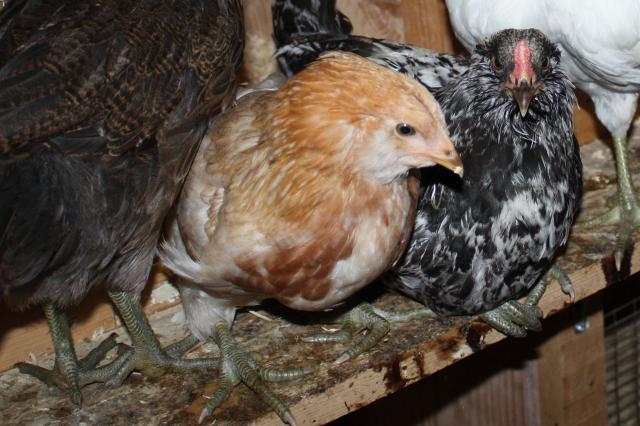to I love hens: Thanks for your reply, I know there are some folks out here who focus more on the treatment than diet. I don't claim to be an expert on chickens or try and give the impression I am but I have done extensive reading on their care and asked a lot of checken breeders for their imput. The more research I do the more I am becoming convinced there are different forms of the staph which causes bumblefoot. My hen, Lulu was a rescue. The people who first had her mistreated her severely and I rescued her from horrible living conditions. I have become very attached to her. It was only a few months after she came to live with me that I noticed a brown spot on the bottom of her foot. After doing more research I learned the term "bumblefoot," up until then I had never heard of it. Shortly afterward I became concerned about her condition and started trying almost every recommended treatment I found online about treating this nasty disease without results. So, I know all about the depression people feel when it comes to their beloved pets.
I am however an expert on fish care, both pond and aqaurium, having managed and worked with fish for the past thirty years. I know that two fish can have the same disease but each may respond to different treatments. That is why I believe when it comes to treating bumblefoot there are medicines and treatments that will do wonders for some chickens and not others. I just finished reading an article from the AMA that stated staph infections are around us every day, we carry them on our bodies and even our pets carry them. But the reason staph doesn't attack everyone depends on our immune systems. That is why some people get sick and others are able to stay healthy, that is why a healthy diet is so important. So, the best advice I can give is never give up on try different treatments no matter how hopeless it seems. Keep trying new treatments even if one doesn't work. Sometimes the best vets are not always successful in treating bumblefoot. If any of you are interested in the new antibotic I am using to treat Lulu, let me know. I will be happy to share any information with you. And by the way, Lulu seems to be getting better on the new treatment I am using now.


